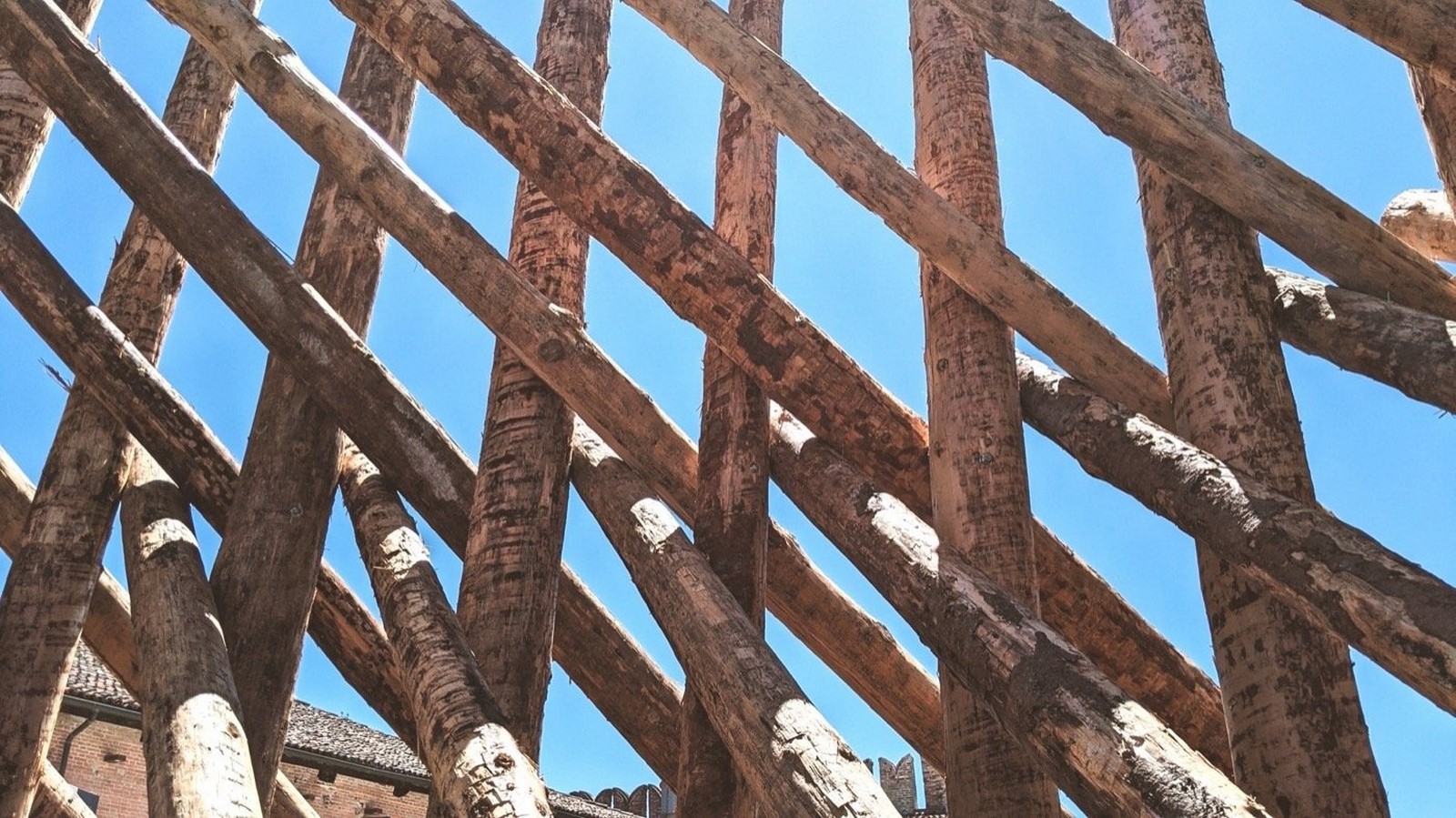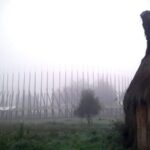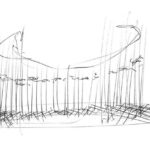Reconciliation through Architecture Künü – Koyaüwe

A History of Conflict
Mapuche and Chileans have a long history of conflict, primarily revolving around the question of land. Disputes range from issues of ownership and property rights to autonomy and self-determination. Unfortunately, this conflict has often resulted in violence, escalating tensions between the two communities.
 Seeking Harmony: The Parleys Tradition
Seeking Harmony: The Parleys Tradition
In an effort to find a path towards coexistence, there was a desire to revive an old Mapuche tradition known as Parleys, or Koyaktün. These discussions were rooted in the principle of mutual knowledge and understanding, which is currently lacking between Mapuche and Chileans.
 Bridging Divides: The Künü Project
Bridging Divides: The Künü Project
In an unprecedented move, a forest company and a Mapuche association of communities decided to engage in a dialogue. The Künü project emerged as a journey of reconciliation, consisting of two phases: KÜNÜ, aimed at fostering mutual understanding, and KOYAÜWE, creating a space for dialogue.
Architectural Innovation
Designing a space for such civic dialogue posed numerous challenges, as there were no precedents for such architecture. The architectural approach involved a symbolic gesture, combining elements of Mapuche ceremonial spaces with intuitive dimensions.
Embracing Dialogue: More or Less
The simplicity of the design was not about pursuing minimalism but rather embracing openness to dialogue. The circular shape, rooted in Mapuche oral culture, was intentionally oriented towards the east, symbolizing the birth of the sun. This orientation also aligned with Mapuche traditions, such as the celebration of the New Year during the winter solstice.
Cultural Integration
Throughout the design process, there was a conscious effort to integrate feedback from the Loncoche Mapuche Association. Despite initial differences in expectations, the design—referred to as Künü—was embraced as a symbol of interconnectedness and social relationships.
 Symbolism and Functionality
Symbolism and Functionality
Formally, the Künü embodies a circular shape inspired by traditional Mapuche constructions, with a vertical dimension introduced to accommodate the community’s needs. Its orientation towards the east allows for cultural rituals, while its perimeter accommodates the participation of numerous communities.
 Towards Reconciliation
Towards Reconciliation
The Künü – Koyaüwe project represents a significant step towards reconciliation and understanding between Mapuche and Chileans. Through innovative architecture and a commitment to dialogue, it offers a symbol of hope for a future of harmony and mutual respect.
























